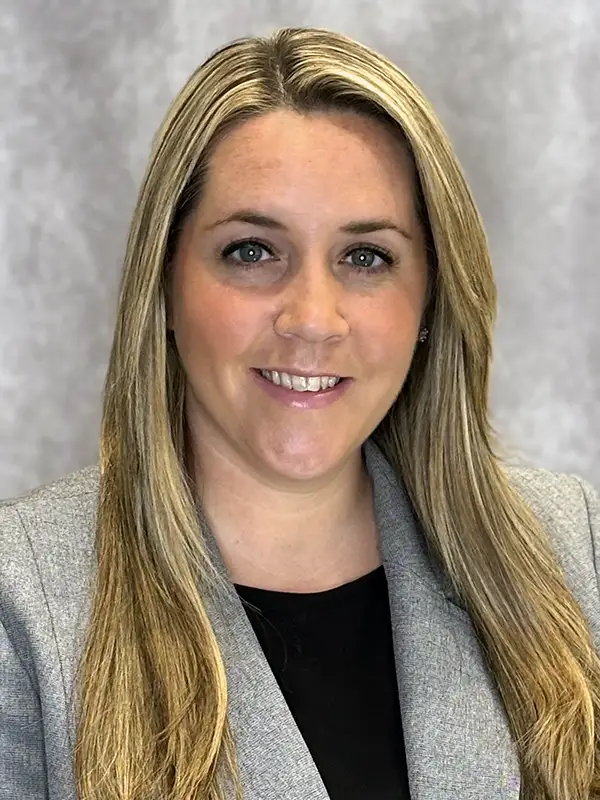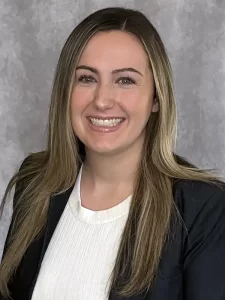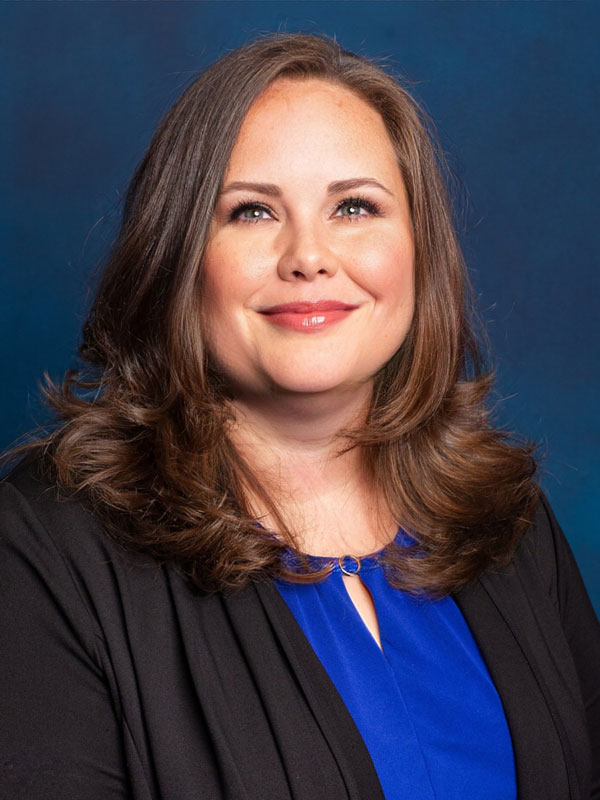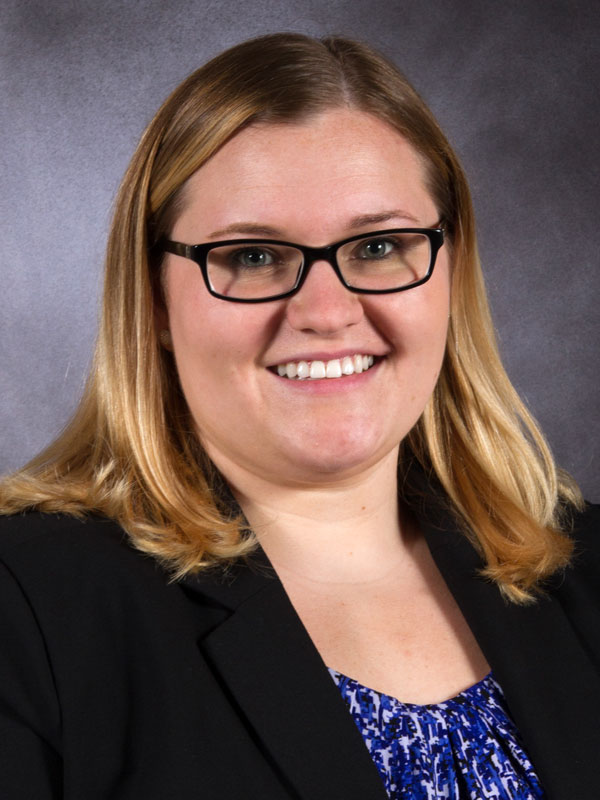Since April 6, the Internal Revenue Service’s (IRS’s) $80 billion plan – funded under the Inflation Reduction Act (IRA) – has fueled a lot of analysis and speculation among media sources, industry groups, political parties, and American taxpayers in general.
While numerous resources sharing their opinions cater to certain demographics and affiliations, only time will tell whose interpretation is most accurate (or whether they are all accurate in some way). In the meantime, we at RBT CPAs have taken a detailed look at the plan, as well as thoughts from other sources. Following is our initial take on what is sure to be the topic of many office and dinner discussions in the days ahead.
To start with the basics, the plan defines five key objectives, which will be achieved through 42 key initiatives with over 190 programs and 200 milestones between 2023 and 2031:
- Dramatically improve services to help taxpayers meet their obligations and receive the tax incentives for which they are eligible
- Quickly resolve taxpayer issues
- Expand enforcement on taxpayers with complex tax filings and high dollar noncompliance
- Operate more effectively using innovative technology, data, and analytics
- Attract, retain, and empower a highly skilled, diverse workforce and culture
Based on these objectives alone, we think it is fair to say the plan is comprehensive and addresses the critical components required to transform the agency and bring it into the 21st century. Upon a closer look at the plan, some additional observations began to emerge:
There is going to be more to the story.
The first page indicates the plan covers 2023 to 2031. Yet, most of the milestones outlined in the plan appear to be accomplished by 2025 and 2026. While we agree it is strategic to reassess and refine plans along the way, we do believe this opens the door for a sequel to the plan in a few years, and there is no telling how the story will play out.
The main goal is hiding in plain sight.
Although there is a lot of emphasis on service, technology upgrades, and building a skilled workforce and the right culture, it is striking how often the plan references and returns to enforcement. When you look purely at the financial investment and timeline, it is clear the biggest priority is to address the “tax gap.” Over half the planned investment targets enforcement. Most of the milestones for enforcement show progress being driven by 2025. Even the mission statement published at the start of the plan seems to make clear what’s the top priority: “Provide America’s taxpayers top-quality service by helping them understand and meet their tax responsibilities and enforce the law with integrity and fairness to all.”
Even with multiple references to the enforcement focus being on high income and high wealth individuals, partnerships and corporations, we can’t help but notice the four words that follow the discussion on how this will impact those making under $400,000 annually: “All efforts will comply with your directive not to use IRA resources to raise audit rates on small businesses and households making under $400,000 per year, relative to historic levels.” So, while there is no doubt enforcement will primarily target high income earners, the same percentage of lower earners audited today will continue to be audited in the future. The enhanced workforce and technology capabilities, we speculate, may result in audits garnering more income for the IRS than in the past.
We do not know how far back the new-and-improved IRS will reach in terms of enforcement.
As noted on the IRS webpage on audits, “Generally, the IRS can include returns filed within the last three years in an audit. If we identify a substantial error, we may add additional years. We usually do not go back more than the last six years. The IRS tries to audit tax returns as soon as possible after they are filed. Accordingly, most audits will be of returns filed within the last two years.” We only mention this because it goes hand in hand with our prior point: with more enforcement, not only will there be more audits, but each one may be more fruitful for the IRS than what they are now.
There are three key “ifs” that may impact the plan’s execution.
First, each program in the plan highlights numerous co-dependencies or contingencies – meaning all the stars will have to align for this to be executed as planned.
Second, there are a number of references to the importance of annual IRS funding and increases for inflation. Should this not occur, funding for the plan – and its impact – may erode. (See Commissioner Werfel’s cover memorandum stating: “To cover steady state operations, annual discretionary appropriations must be fully maintained at the FY 2022 level, including growth for inflation and pay raises. Any reduction in annual discretionary funds – including not providing for inflationary increases to maintain current levels – will require IRA funding to be shifted to general operations.”)
And third, the plan relies on a significant uptick in all types of staffing at the same time the talent pool is shrinking and competition to attract and retain highly skilled talent – including accountants and technology specialists – is fierce.
Everyone will be impacted by the plan.
Page 132 of the plan defines stakeholders. It says: “Within this Plan, taxpayers are referred to broadly and include all people and groups whom we serve, including: • Individuals and families • Businesses large and small • Charities and other tax-exempt organizations • International taxpayers • Federal, state, and local governments • Tribal nations • Tax professionals and others who assist and serve taxpayers.” Translation: While there will be a lot of focus on high earning, wealthy individuals and institutions, everyone is going to feel the impact somehow. Exactly how remains to be seen.
One other thought:
While some are still calling for the IRS to reallocate the budget so there’s equal emphasis on service, technology and enforcement, the fact is the IRS does not have the discretion to change how funds are allocated. Still, with groups like the American Institute of Certified Public Accountants calling for a more equitable allocation of funds, you never know…
This story will be continued in the days, months and years ahead. We will be sure to keep you updated and share our thoughts as things unfold. If in the meantime, you have any questions or need accounting, tax, auditing, or advisory services, RBT CPAs is here for you. Just give us a call. NOTE: This alert shares RBT CPAs’ initial interpretations. It should not be construed as legal or financial advice or direction.




 RBT CPAs LLP takes great pleasure in announcing that Nicole Gilmartin, CPA, of Wappingers Falls, New York, has been admitted to the firm as a partner.
RBT CPAs LLP takes great pleasure in announcing that Nicole Gilmartin, CPA, of Wappingers Falls, New York, has been admitted to the firm as a partner.








